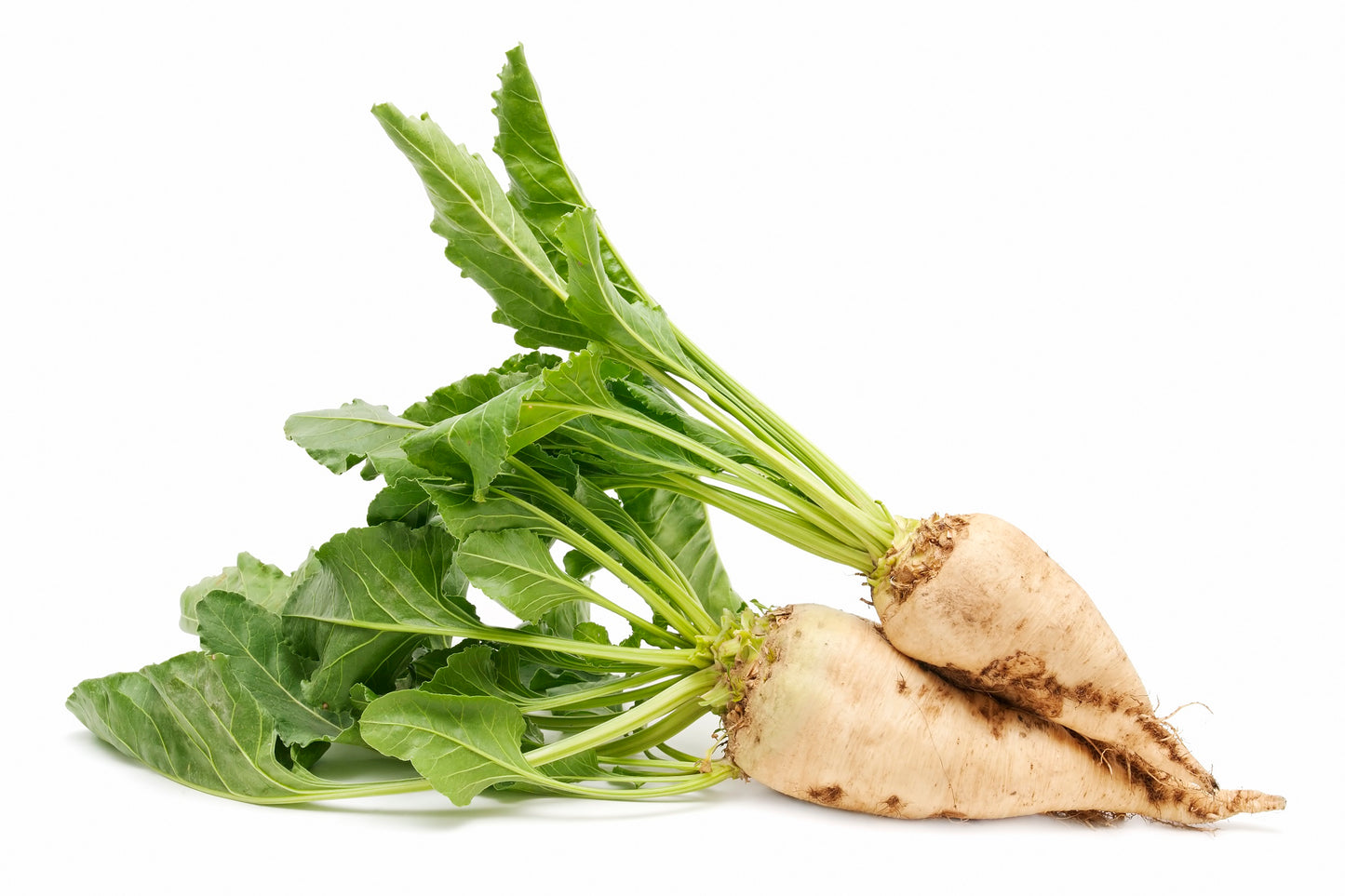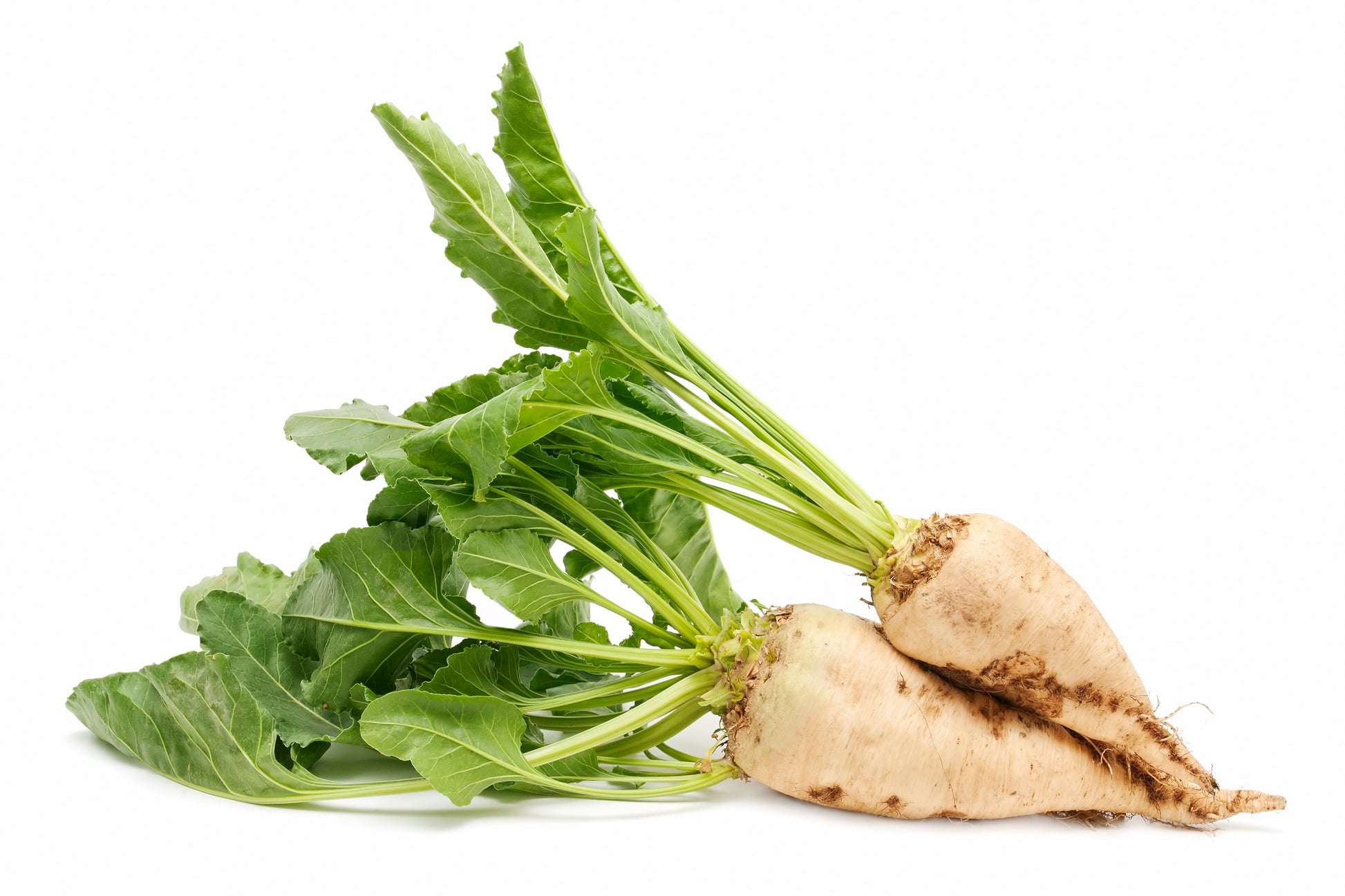Betaine Powder
Betaine Powder
Betaine, also known as trimethyl glycine, is a humectant and soothing agent that retains moisture in the skin and hair. It is a fantastic hydration for super dry skin.
GENENCARE® OSMS is pure Betaine that is 100% naturally-sourced, derived from non-GMO sugar beet.
Moisturizing osmolyte for water free formulas
In the form of a micronized powder, GENENCARE® OSMS CC is specially formulated for color cosmetics and other anhydrous formulations:
- Color Cosmetics: loose or pressed powders (foundation, eyes, cheeks), lip sticks/balms/gloss, waterproof mascaras, silicone-based make-up primers etc.
- Skin care: massage balms/butters, scrubs, deodorant sticks, jellified oils, body powders, solid fragrances, sticks (others) etc.
- Hair care: dry shampoo (aerosol or solid), powders etc.
Protection and care for healthier-looking hair
GENENCARE® OSMS BA is a small, natural ingredient ideally suited for aqueous delivery to the hair. A naturally occurring component, GENENCARE® OSMS BA can be involved in the natural protection mechanism of the fibre and can be increased throughout the fibre. When included in hair care formulations, GENENCARE® OSMS BA offers multiple benefits:
- Hair strength
- Hair conditioning
- Frizz control
- Scalp protection
GENENCARE® OSMS BA is an osmolyte which enables moisturization and protection while providing sensorial advantage in personal care formulations. GENENCARE® OSMS BA is a natural product made from betaine anhydrous – found in sugar beets and separated as a co-product of sugar beet molasses.
Betaine – Trimethyl Glycine: A Review
There have been a number of papers published on the use of betaine in cosmetics. The objective of this article is to review these and add some new data or new insights on how this ingredient could be used in the future.Betaine or trimethyl glycine is a very simple, common molecule found in nature. Its name is derived from the sugar beet (Beta vulgaris). Its commercial form is obtained from the process of making sugar out of sugar beets by chromatography of the molasses. It can be labelled as “natural” and is available in large quantities at a very affordable price. It is a small trimethylated aminoacid existing in a zwitterionic form at neutral pH (Fig. 1). Because of its structure, betaine can easily form hydrogen bonds with water and other molecules conferring it very unsual properties and in particular helping solubilise some other molecules. It is non-toxic (LD50 is 11.2 g/Kg) and is used in food supplements; it is highly soluble in water (up to 55%) and chemically stable. It has been shown to be secreted in marine microorganisms to help them resist osmotic stress.1 In their article published in 2000, Rigano et al. showed some of the applications in cosmetics.2 These include its biocompatibility, its ability to reduce the irritation effect of surfactants, its solvent capacity as well as its special skin feel.
In skin care;
Anti-inflammatory
In a test performed by the manufacturer in 1996, a 4% water solution of betaine was compared to distilled water and to non-treated zones, in the prevention and the reduction of erythema generated by infra red irradiation or by mechanical stripping of the skin. The product effect on microcirculation was measured by thermal conductivity measurements. Thermal erythema: the data does not show any effect of a single application of a 4% betaine solution on the thermal erythema. Mechanical erythema: the results show very good decrease in the erythema 60 minutes after application. This shows that betaine has a good anti-inflammatory action on superficial inflammatory lesions. The stripping might also have improved the penetration as the test was conducted on a water solution. This could be the reason why no effect was measured when a thermal erythema was induced. This property was used in a patent for the treatment of prickly heat.4 Results are shown in Figure 2.
Anti-ageing
In a study done in vitro, the effect of betaine (1%) on fibroblasts in culture was evaluated.5 The results showed an increase in the proliferation rate of 56.4% and 41.5% compared to control after 24h and 48h respectively. At the same time the hydroxiproline increased in a time-dependent manner and was higher than controls after three weeks (13.5 vs. 9.3 mg/dish) and four weeks (16.9 vs. 12.3 mg/dish). The mechanism of action was not elucidated and remains uncertain; but certainly this opens the possibility for betaine to be used in anti-wrinkle products. One of the possibilities is that betaine is involved in cell protection against oxidative stress6 through the so-called “osmolite strategy”. Another possibility is that betaine works as a methyl donor, increasing the ability of the membrane lipids to switch from phosphatidyl ethanolamine (PE) to phosphatidyl choline (PC) in what has been dubbed the “flip-flop” mechanism. PC releases their methyl groups inside the cell, becoming PE then returns to the outer wall of the cell to receive methyl moieties from methyl donors. This “flipflop” increases the cell membrane fluidity facilitating the absorption of nutrients in the cell. See, for example, the article by Kampf et al.7 Certainly all these results could be exploited in anti-ageing products with new claims.
Whitening
In a recent study8 conducted by the manufacturer, a lotion containing 4% betaine was assessed for its skin whitening activity. The test was performed in Thailand on 22 panelists having dark skin. Measurements of the skin colour was done with a Chromameter Minolta CR 321 as well as digital photos. The results show a significant lightening of the skin as represented in Figure 3:
• Significant increase in L* parameter respectively in 64%, 82% and 73% of the panellists i.e. significant lightening effect on the hyperpigmented spots;
• Significant increase in ITA° on D28 (+51%), D56 (+99%) and D84 (+100%) in 73%, 86% and 77% of the subjects;
• Significant decrease in b* on D84 in 68% of the subjects i.e. a decrease in the yellow component of the skin colour.
This was also perceived by the panellists with 100% of them declaring having clearer blotches and 90% less large blotches. These results open the way for betaine to be used in conjunction with other ingredients in new whitening products. It most probably acts as an anti-inflammatory preventing that route of stimulation of the melanocytes.
In hair care
Betaine has been shown to be present in hair of normal subjects.9 The concentration found is small (0.001 mg/g to 0.022 mg/g) but measurable. What is the function of betaine in hair? One can only speculate about this function based on the osmotic properties of betaine.2 It probably helps protect the hair protein structure in situations of high osmotic stress or heat and humidity variations. Chemical treatments such as bleach or perming deliver large amounts of aggressive chemicals of high osmotic strength to the hair fibres; similarly hair straightening using high heat removes bound water from the proteins and causes damage to hair. Betaine could act as a protective mechanism in these conditions. The study showed also that betaine can be deposited into the hair through a shampoo.
Hair strength and betaine
Work done by Hazel Pool Associates (HPA)10 shows that treating European hair with a 5% betaine solution achieved:
• Improved hair strength.
• Retention of its initial resistance to yield for a longer period.
• Less prone to fracture.
The effect is even more pronouced in Asian hair with eight parameters showing significant difference. In particular higher yield extension and break extension show that the hair is less brittle and has more elasticity. It has been strengthened. Certainly strengthening of the hydrogen bonding is to be considered as one of the possible mechanisms by which hair strengthening is obtained. But other mechanisms can be considered: the carboxyl group of the betaine may form electovalent bonds with basic amino groups; betaine acts as a methyl donor to the free dicarboxylic groups of the polipeptide chain of the hair structure; water affinity of the betaine may reduce water availability and lessens its disruptive effects.11 These results certainly open new avenues for the treatment of hair with products containing betaine especially for Asian hair.12 These could include conditioners but also the addition of betaine as a protecting agent in some “damaging” hair products like perms or hair straightening.
Betaine in oral care
Betaine and dry mouth
In a study published in 1998, Soderling et al.13 showed the effect of a betaine containing toothpaste on the symptoms of dry mouth (xerostomia). No statistical significance on the saliva flow rate or the bacterial counts were observed among the subjects after use of a toothpaste with or without 4% betaine. The use of betaine containing toothpaste was associated with relieved subjective symptoms of dry mouth. This can be attributed to the reduction of the irritation of SLS in patients with dry mouth and to the osmotic effect of betaine.
Betaine and SLS
In a separate study14 done on 20 healthy volunteers, a toothpaste with 1.2% SLS was compared to the same with 4% added betaine and to a toothpaste without SLS, but with 4% betaine. The toothpastes were placed in a test chamber and kept in place for 15 minutes. The effect on the mucosa was examined visually as well as by measuring electrical impedance immediately after removal of the chamber as well as every 15 minutes for 45 minutes thereafter. The results show that both SLS containing toothpastes had the same irritating effect while the toothpaste without SLS did not irritate the mucous membrane. The authors have also compared15 the effect on skin of mixtures of SLS and betaine as well as coco amido propyl betaine (CAPB) and betaine vs. betaine alone. They showed that betaine at 4% or 5% did reduce the visual irritation created by SLS or CAPB; while betaine alone did not induce any irritation.
Betaine in soap
Different liquid soaps have been tested for their potential to create skin irritation.16 The tests were done on the forearms (5% dilution; Finn chamber occlusive test for 24h). One formula contained 1%, 4% or 10% betain while SLS and distilled water, as well as an untreated site, were used as controls. Effects were measured by visual scoring, TEWL and electrical impedence. Significant skin reactions were found for all soaps but the soaps containing betaine were the least irritating. However the skin irritation did not decrease with increased concentration of betaine. The authors recognise that the difference between products is not large.
Conclusions
Betaine has been thoroughly studied for the last 20 years and shown to be a very interesting molecule. Its safety has been well established and it has been used in different product types. The most interesting results are probably the ones obtained in skin care and hair care. In skin care, while it is used in many products, few claims have been made as to its anti-ageing properties and the new data on its help in whitening could open new interesting developments. In hair care it seems to be of particular importance for products developed for Asia and for the treatment of damaged hair.
Shipping & Returns
Shipping & Returns


